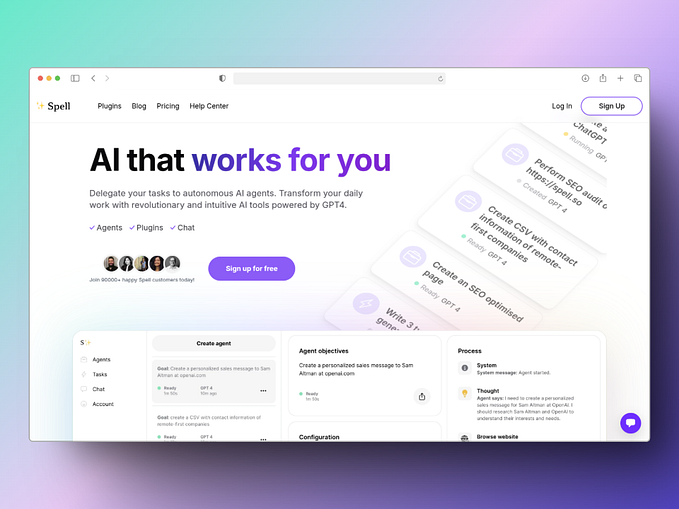What are NFTs? A Complete Beginners Guide to Non-Fungible Tokens

In the first 6 months of 2021, NFTs generated $2.5 billion in trading volume. By the end of Q3, trading volume had more than quadrupled. Between July, August & September of 2021, NFTs generated an astonishing $10.7 billion in volume, before ending the year with a total trading volume of $23 billion.
$23 billion. In just 12 months.
To put that number into context, the total NFT trading volume for the entirety of 2020 was $250 million.
In 2019, it was a quarter of that: $62.5 million.
It goes without saying that 2021 was the year of the NFT.
And with brands like Twitter, Instagram, Adidas, Coca-Cola, Nike and Microsoft all jumping on the NFT bandwagon, this same exponential growth rate is expected to continue throughout 2022 and push us closer to mass adoption as we progress through the decade.
Naturally, as that happens and more people hear about NFTs, there are millions of people asking the exact same question: What are NFTs and what can they be used for?
With that said…
Welcome to the MyBricks beginners guide to NFTs.
Here’s what we’re going to cover off:
- What does NFT stand for?
- How do NFTs work and what can they be used for?
- How to buy & sell NFTs
- How to create an NFT
- Why are NFTs selling for so much?
- What’s in store for the future of NFTs?
First up, what does NFT stand for…
What does NFT stand for?
NFT is short for “non-fungible token”.
If you’re confused what the word ‘fungible’ means, let us explain…
Fungible
Let’s pretend you’re lucky enough to have a £10 note in your wallet. You take that £10 note, find a friend that also has a £10 note and you agree to exchange them with one another. They take your note. You take their’s. In that particular exchange, neither of you have gained or lost because each note is identical; they both serve the same purpose and they both have the exact same value: £10.
In other words, a banknote is not unique and it can easily be substituted with another banknote of the same value, therefore it’s fungible.
Other commodities like oil, gold, silver, wheat and cryptocurrencies are the same. If you send somebody 1 Bitcoin and somebody sends you 1 Bitcoin in return, you both end up with 1 Bitcoin that’s worth exactly the same amount.
As Merriam-Webster defines, if something is fungible, it means that it’s “capable of mutual substitution.”
Non-Fungible
Non-fungible, then, means the opposite. It cannot be mutually substituted.
Pokemon cards are one of the best examples in ‘the real world’.
If you take your one-of-a-kind 1999 First Edition Charizard and somebody approaches you with a common Pikachu to exchange it, you would never in your right mind agree to the exchange because that Pikachu card is not unique and it has nowhere near the same value.
That Charizard card is only fungible if there’s an opportunity to substitute it with something that’s identical.
Now that you know what NFT stands for, let’s explore how they work…
How do NFTs work and what can they be used for?
Often when you hear the term “NFT”, you tend to think about digital artwork of apes, dogs and cats that are being sold for millions online.

In truth, NFTs go far beyond that.
The technology behind it, i.e. the blockchain, allow just about any digital asset to be registered and used as proof of ownership to an individual.
Think digital artwork, original music files, in-game items, right through to the ownership of physical assets (like property, as is the case with MyBricks Finance); all of this can be digitally stored on the blockchain and have you registered as the verified owner.
This is important as the world around us goes increasingly digital.
Importantly, because the blockchain is decentralised (not owned by a single entity), data cannot be manipulated or tampered with. You will always be the registered owner of that asset and there’s nothing anybody can do about it.
How to buy & sell NFTs
Thanks to NFT marketplaces like OpenSea, Mintable, Nifty Gateway and Rarible, buying NFTs is fairly straightforward.
All you need to do is connect your third party wallet (Trust Wallet, MetaMask etc.) to the platform, find the asset that you’re looking for (be it art, music, trading cards, in-game items) and similar to placing a bid on eBay, place your bid on the item you’d like and wait until the auction is over.
Again, like eBay, there are options to buy NFTs outright so you can skip the bidding process, but that’s entirely at the discretion of the seller.
The only thing to be mindful of is gas fees.
Marketplaces charge a gas fee in order to complete the transaction and confirm it on the blockchain (in May 2021 gas fees for Ethereum, the cryptocurrency that’s most often used to buy NFTs, rose to an average of $70 per transaction), which you have to pay on top of the price of the item.
When it comes to selling an NFT, the process varies from platform to platform. You’ll essentially need to upload your content to a marketplace and follow the instructions to turn it into an NFT.
From there, add specifics such as a description, choose your price and you’re more or less done and ready to become the latest NFT millionaire 🙂.
How to create an NFT
The good news is that anyone can create an NFT.
You can quite literally take a selfie, upload it to Opensea, connect your wallet and list it for however much you like— just don’t be upset if nobody bids on it.
But in all seriousness, anything can be used as an NFT.
Like we said, you’ll just need the digital asset that you’d like to use, enough Ethereum to cover the costs of minting it (worth noting that you can use other cryptocurrencies like Solana), and a platform to sell it on.
Here’s a full step by step guide to creating and selling an NFT in case you’re interested.
Why are NFTs valuable and why are they selling for so much?
You’ve probably heard the stories of NFTs selling online for millions of dollars.
Take the image below for example.
That image is officially known as “The Merge”.
The Merge became the most expensive NFT ever sold on December 2, 2021, when it was sold for $91.8 million. A total of almost 30,000 people pitched in together to buy the NFT.

You’re probably thinking to yourself: Why would I buy it if I can just right click and save it, like you’ve done?
Great question.
You can do that, but you won’t be the official owner. And that’s the key difference.
To give you an example, imagine you go out and spend millions on an original art piece from Picasso. You now own the original. People can make copies of it and hang it up in their homes, but they, you and all of the art professionals around the world know that yours is the original piece.
NFTs, and in particular NFT artwork, are the same. The true value comes from owning the original piece.
Other factors that determine the value of an NFT come down to utility, ownership history, underlying value, perception of the buyer, liquidity premium and future value.
That last point is a key one.
In 2021 thousands of people bought NFTs based on pure speculation that the price will go up, at which point they’ll sell it and run off with their thousands.
Unfortunately, this isn’t often isn’t the case…
What’s in store for the future of NFTs?
Since the launch of NFTs in 2014, their growth has been exponential; evidenced by the fact that NFT usurped crypto in global Google searches in 2021.
As we head into the future, NFT and blockchain technology will very likely become more seamlessly integrated into the ‘real world’, where we see legal documents, contracts, signatures, music, art etc. all digitally stored on the blockchain in the form of an NFT.
We, MyBricks, are an example of that as we seek to use cryptocurrency (BRICKS), blockchain technology and NFTs as a means to lower the barriers to entry in the property space.
Head over to our website to find out more and see how you can get involved in the future of property investment.
If you’d like to learn more about NFTs, tune into an episode of the official MyBricks Podcast and listen to Sam walk you through NFTs…









